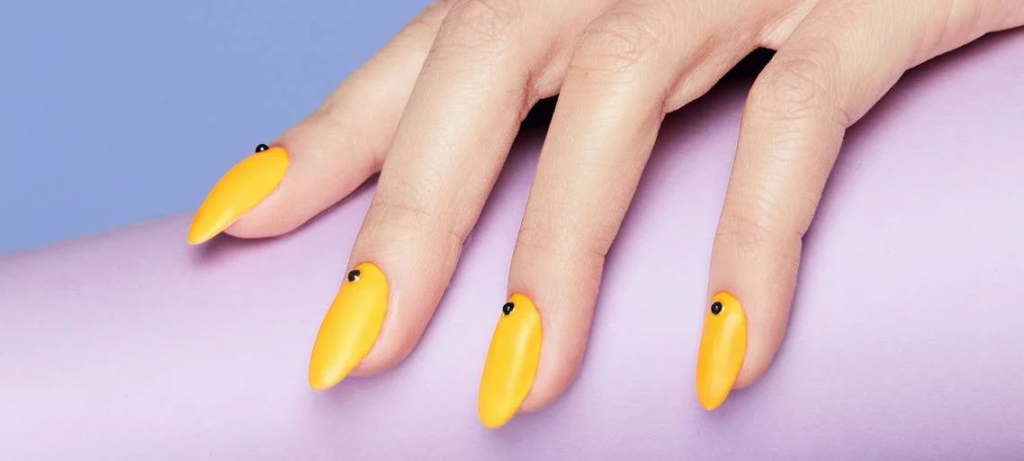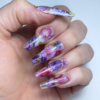Dealing with Acrylic Nail Lifting: Causes, Prevention, and Solutions
Acrylic nails have become a popular choice for those seeking durable and beautifully manicured nails. However, one common issue that acrylic nail enthusiasts encounter is “Acrylic Nail Lifting.” This occurrence can be frustrating and may even lead to nail damage if not addressed promptly. In this article, we will delve into the world of acrylic nail lifting, understanding its causes, exploring prevention measures, and discussing effective solutions.
1. Understanding Acrylic Nail Lifting
Acrylic nail lifting, also known as “nail product separation,” refers to the detachment of the acrylic overlay from the natural nail. This separation creates a gap between the acrylic and the natural nail, which can lead to moisture infiltration, bacterial growth, and ultimately, nail damage.

2. Causes of Acrylic Nail Lifting
Several factors can contribute to acrylic nail lifting:
- Improper Application: The most common cause is improper application of acrylic nails. If the acrylic is not correctly bonded to the natural nail, lifting can occur.
- Nail Prep: Inadequate nail preparation, such as not cleaning, dehydrating, or roughening the natural nail surface, can prevent proper adhesion.
- Moisture Exposure: Excessive exposure to water or moisture, particularly during the initial curing period, can weaken the bond between the acrylic and natural nail.
- Nail Trauma: Physical trauma or impact on the acrylic nails can lead to lifting. Activities that involve frequent hand use or contact with hard surfaces can increase the risk.
- Nail Growth: As your natural nails grow, they can push against the acrylic overlay, causing it to lift at the nail bed.
3. Prevention Measures
To prevent acrylic nail lifting, consider the following measures:
- Professional Application: Seek the services of a skilled and experienced nail technician who can ensure proper application and bonding of acrylic nails.
- Nail Preparation: Ensure your natural nails are cleaned, dehydrated, and lightly buffed before applying acrylic. This provides a better surface for adhesion.
- Avoid Moisture: Minimize exposure to excessive moisture, especially during the initial curing period. Use gloves when doing chores that involve water exposure.
- Nail Maintenance: Regularly visit your nail technician for acrylic nail maintenance and infills to address nail growth and any potential issues.
- Gentle Care: Be mindful of your acrylic nails and avoid activities that could lead to trauma or impact on your nails.

4. Dealing with Acrylic Nail Lifting
If you notice acrylic nail lifting, here are steps to address the issue:
- Do Not Pull or Pick: Resist the temptation to pull or pick at the lifting acrylic. This can cause further damage to your natural nails.
- Visit a Professional: Schedule an appointment with your nail technician to assess the extent of the lifting and decide on the best course of action.
- Trim or File: In some cases, your nail technician may gently trim or file the lifted portion to prevent further separation.
- Reapplication: Depending on the severity of the lifting, your technician may need to remove the affected acrylic and reapply it for a secure bond.
Acrylic nail lifting can be a frustrating issue, but with proper prevention measures and timely attention, you can maintain beautiful and healthy acrylic nails. Always prioritize professional application and maintenance, and avoid activities that could lead to trauma or moisture exposure. By taking care of your acrylic nails and addressing lifting promptly, you can enjoy the long-lasting beauty and durability they offer without the hassle of lifting issues.


